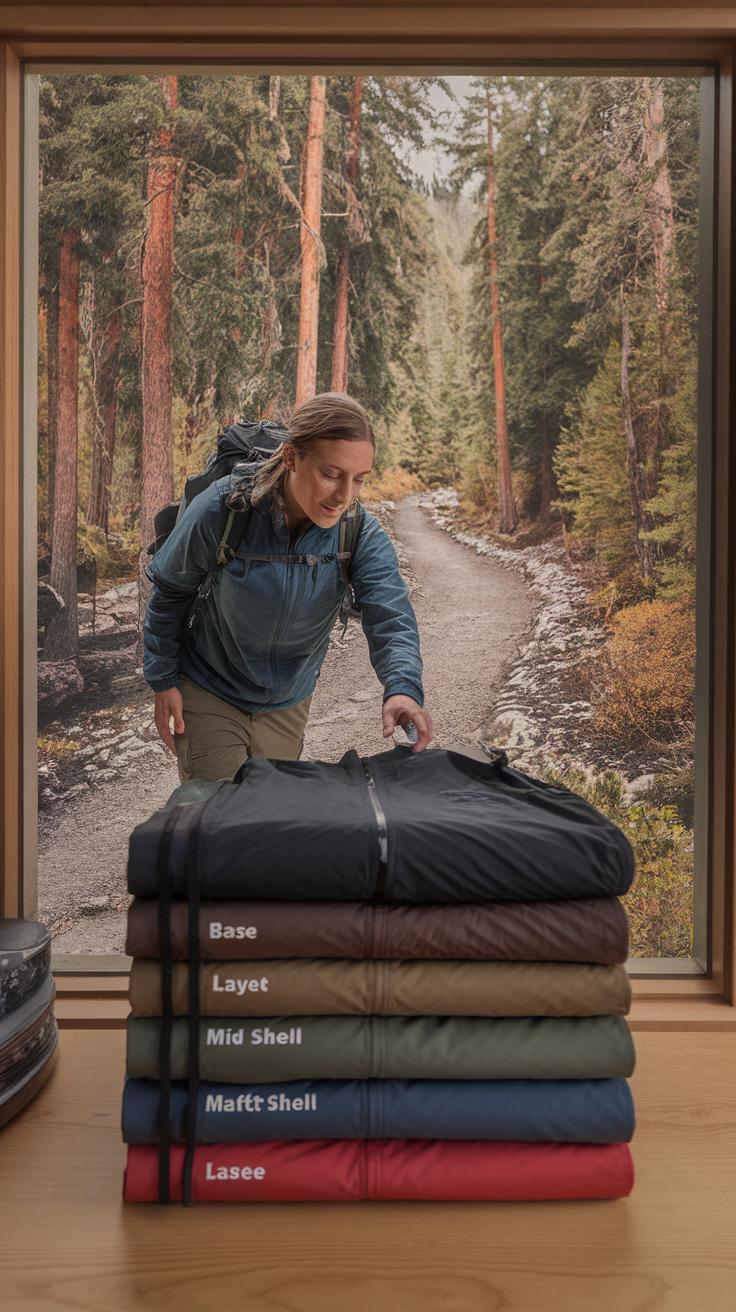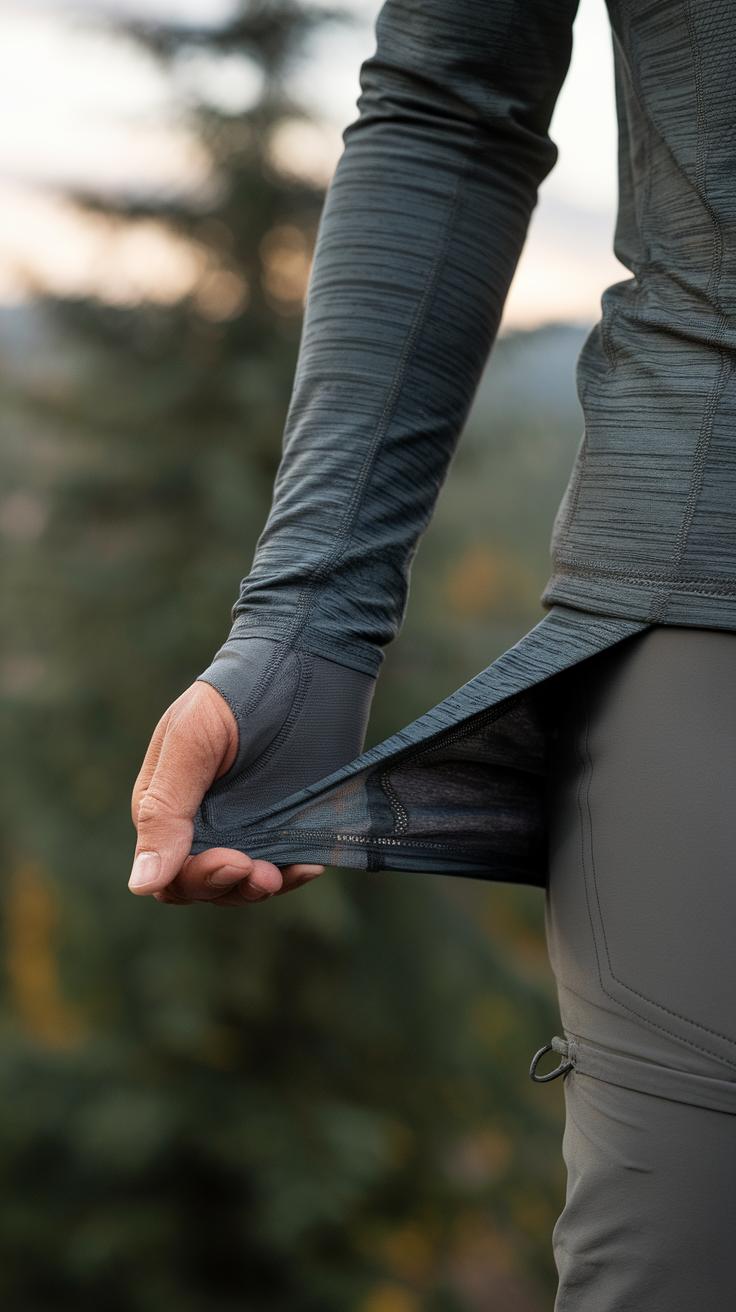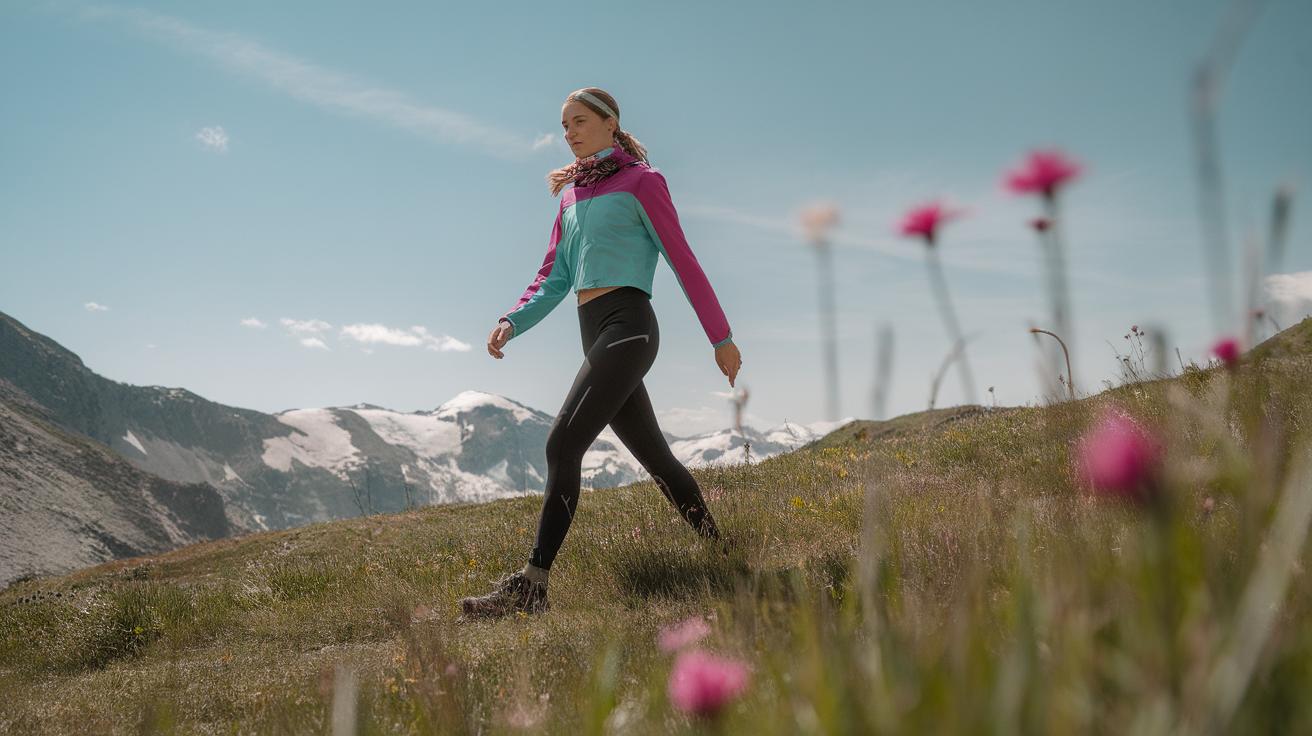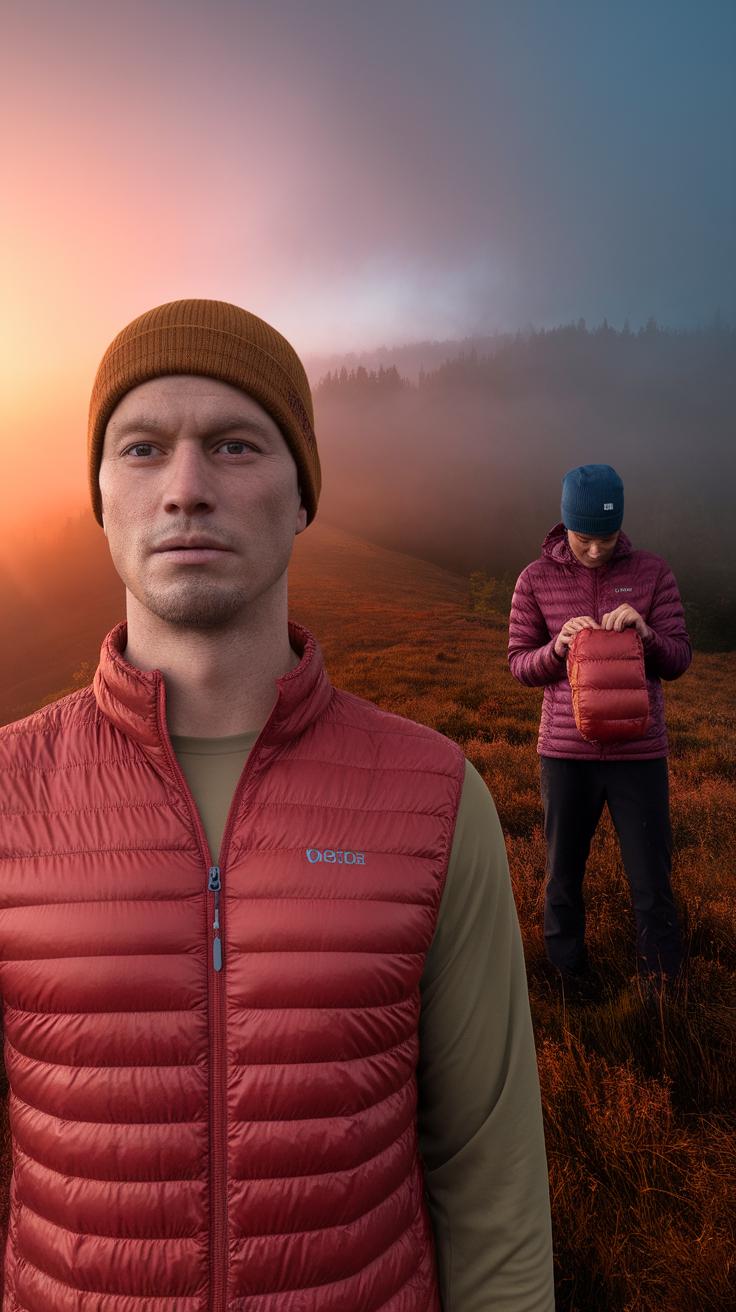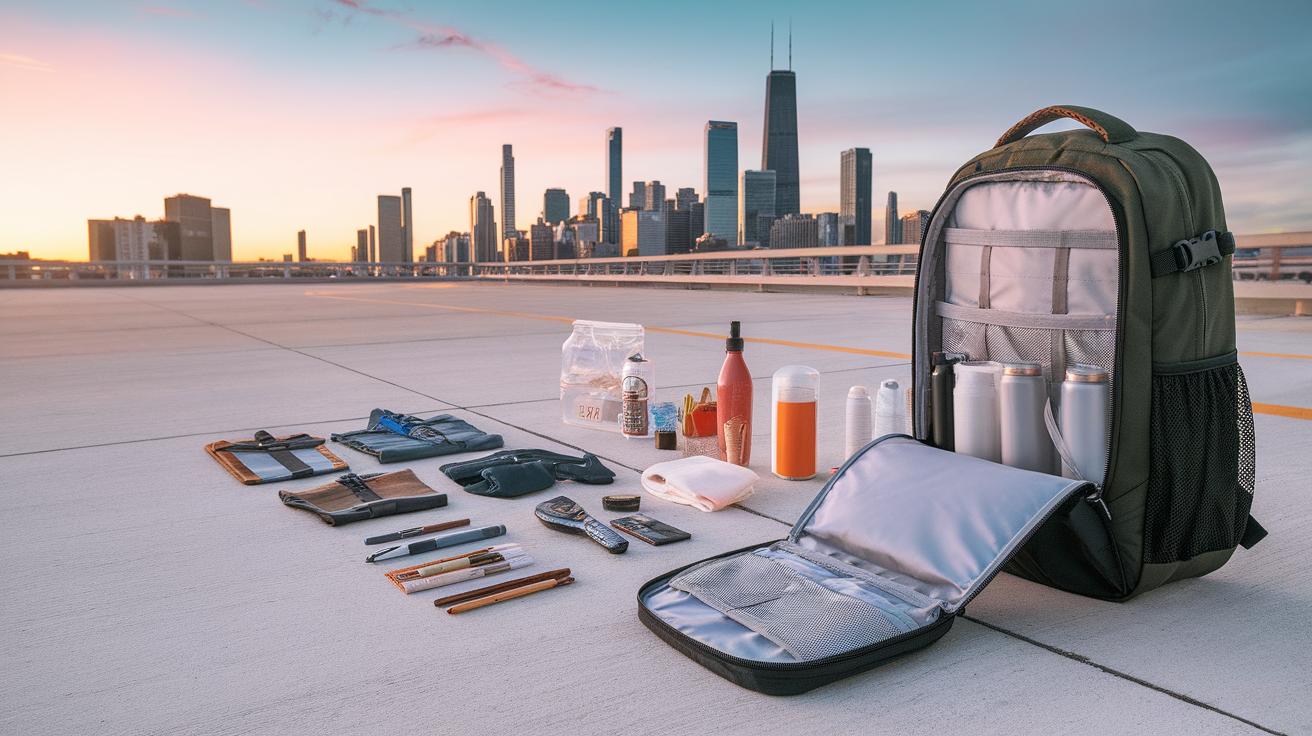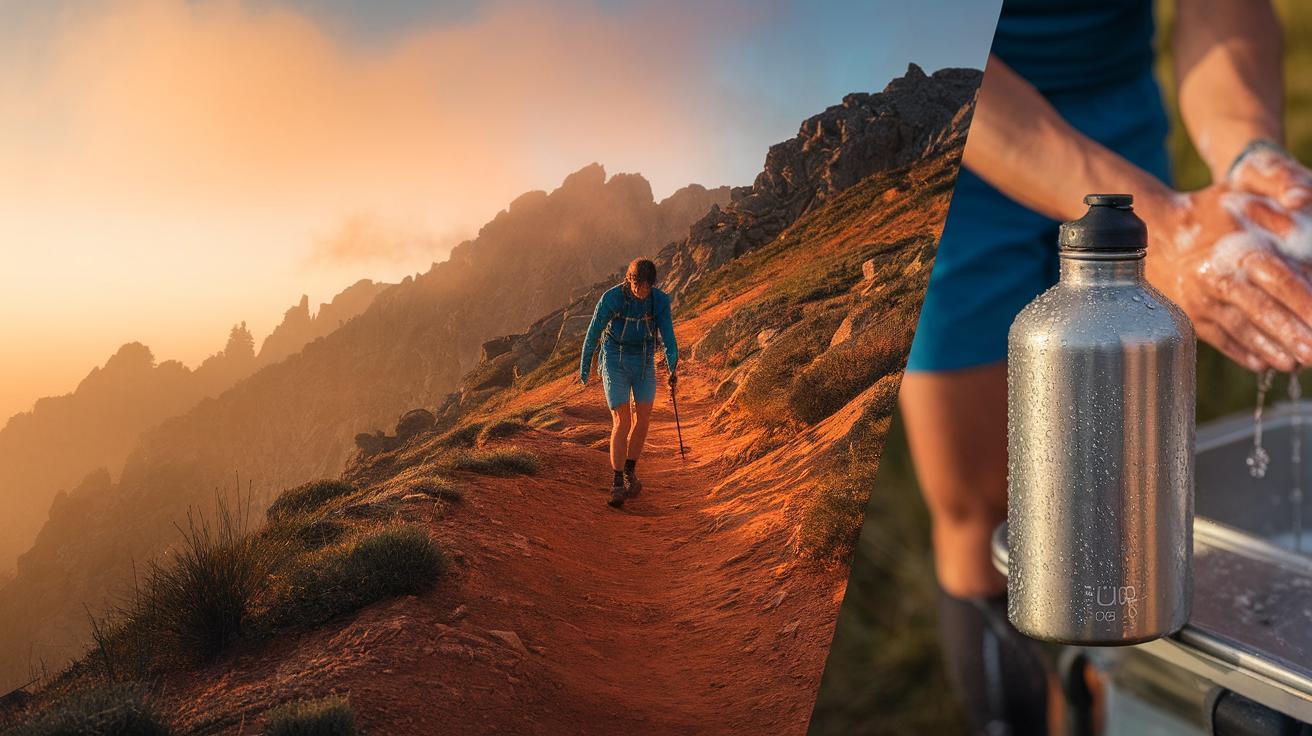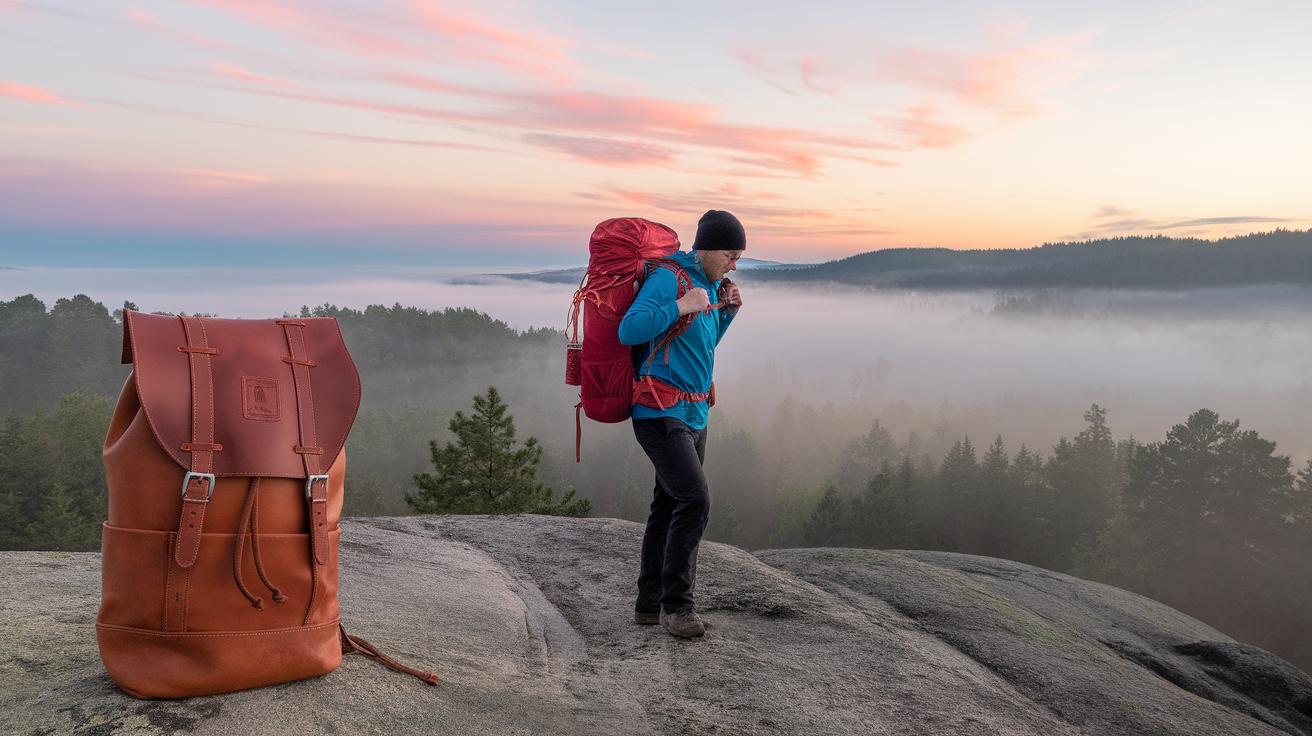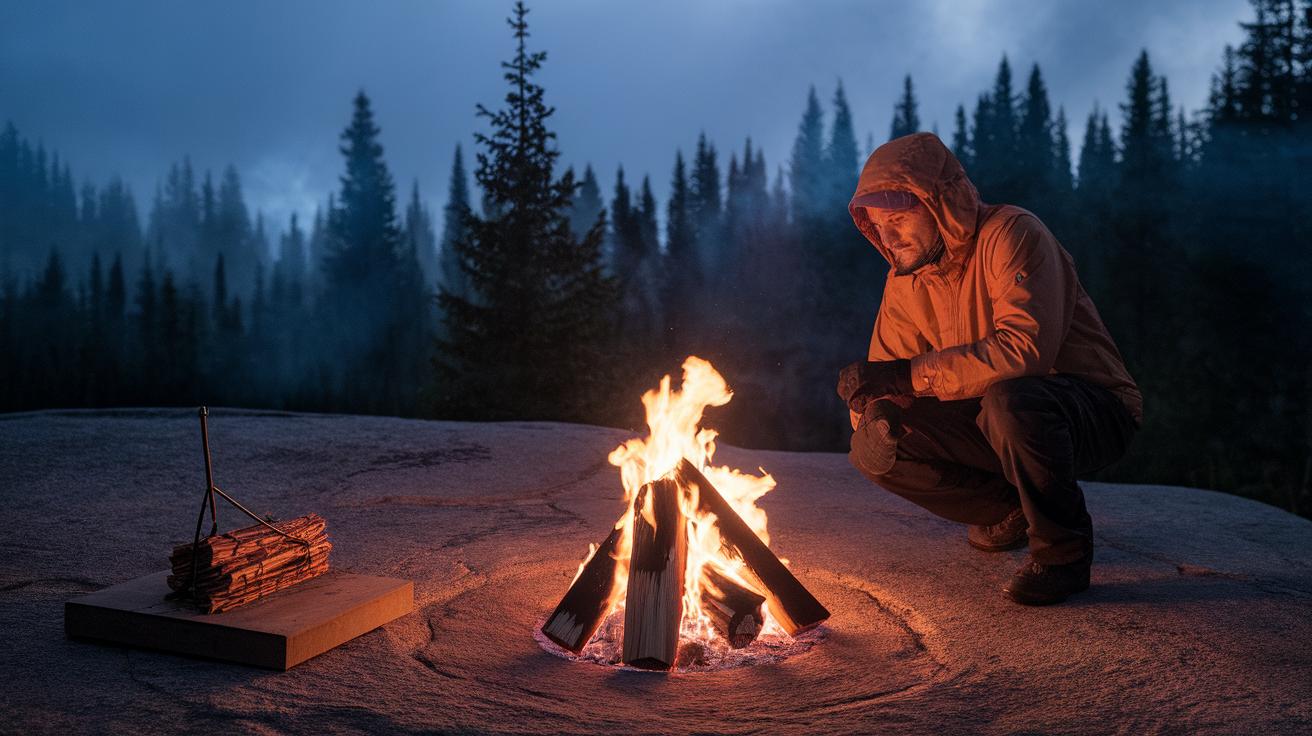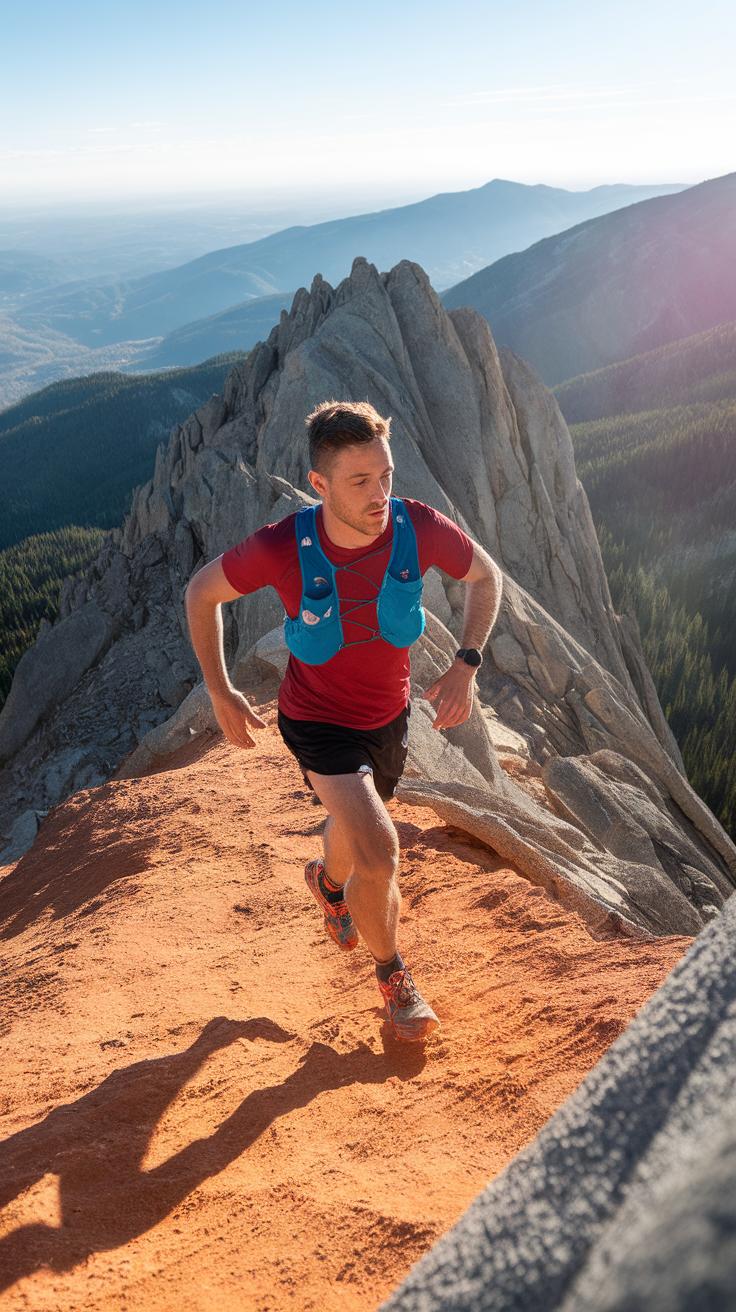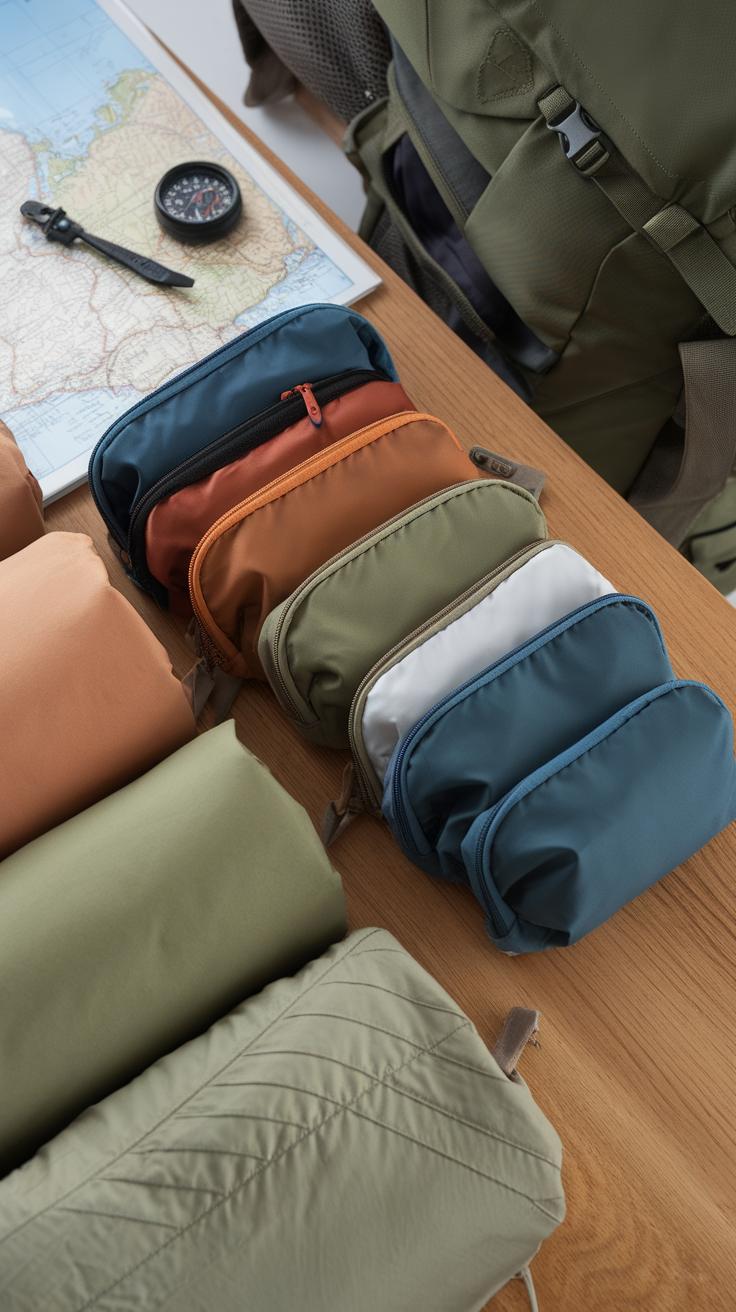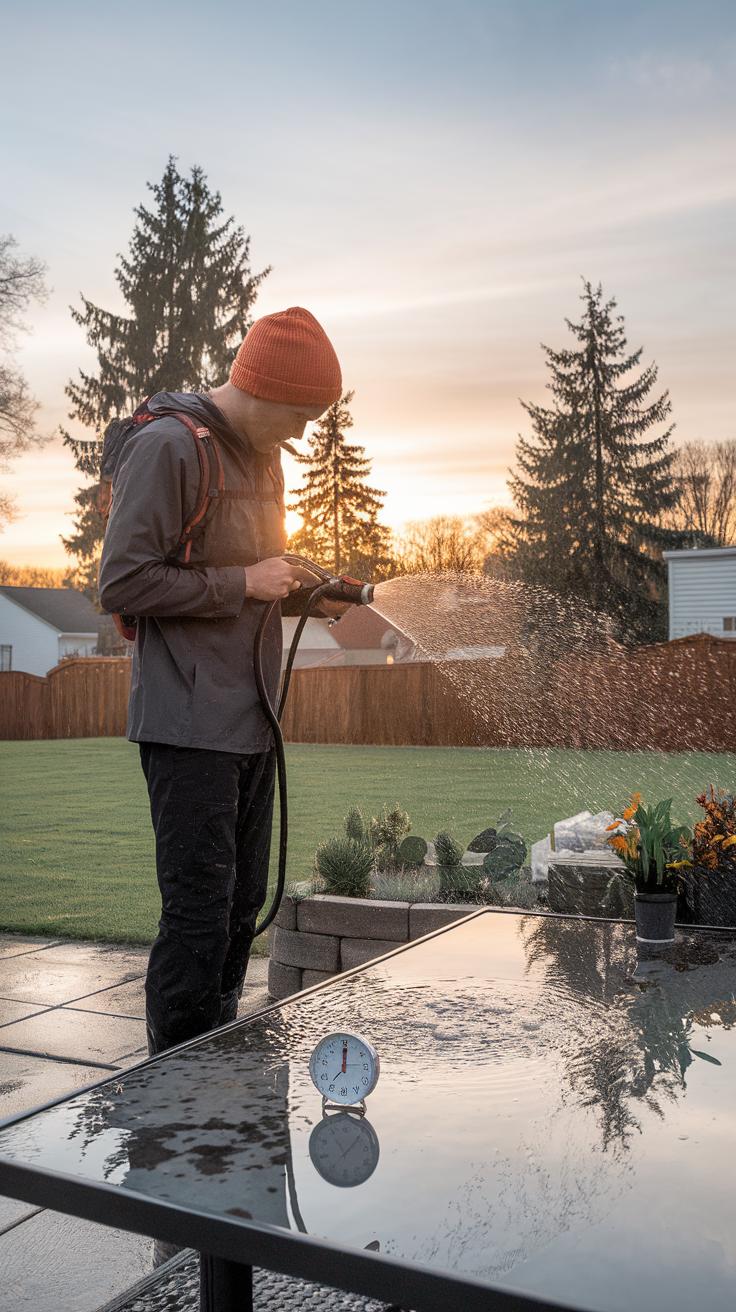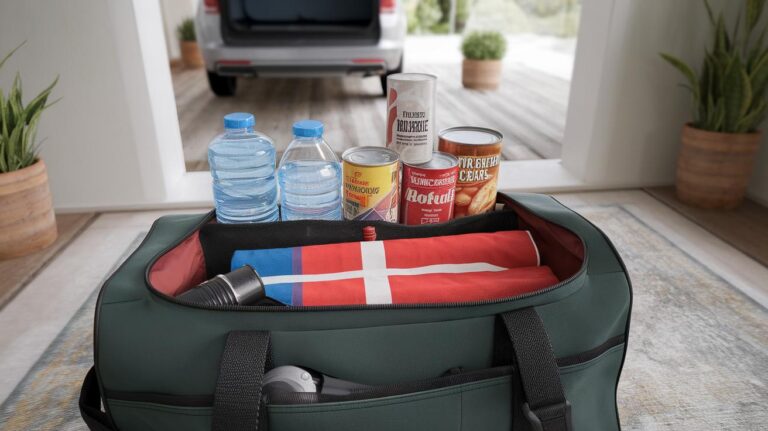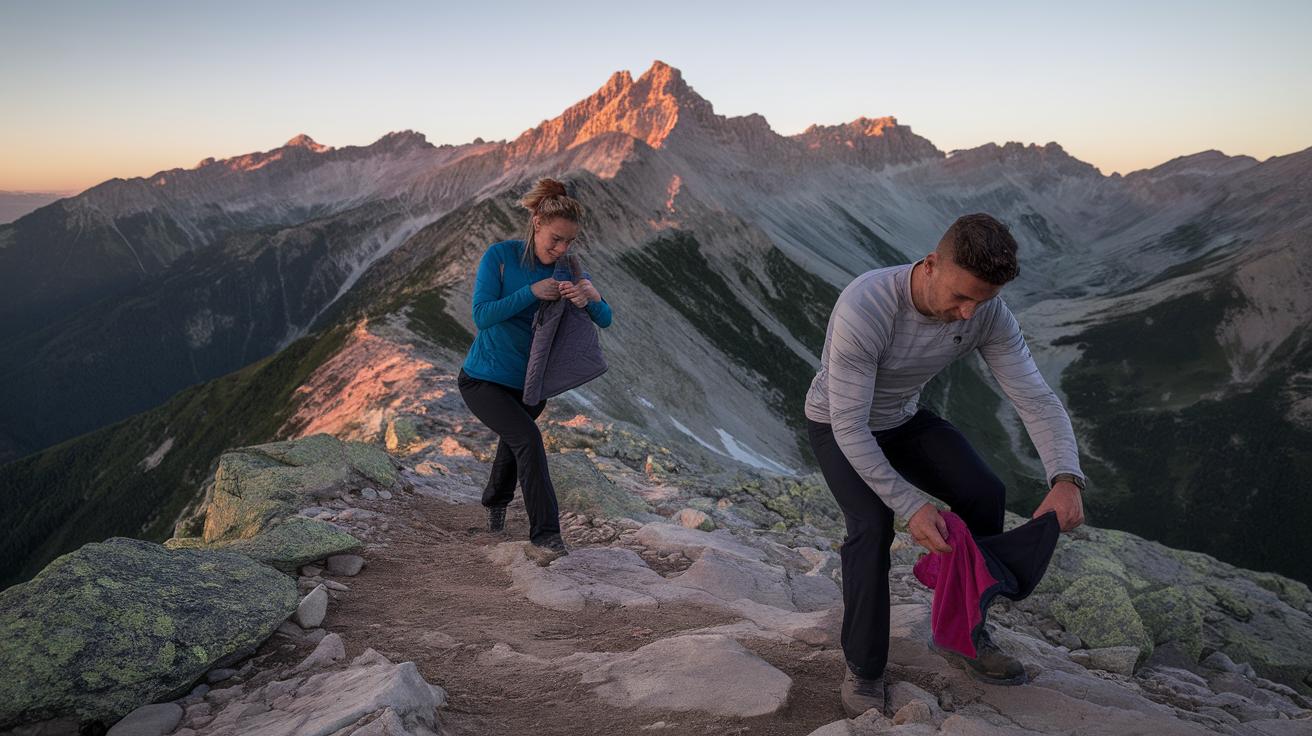
Elevate Your Hiking Outfit With Versatile Layering Techniques
Introduction
Hiking is an activity that takes you outdoors, where weather conditions can change quickly. Choosing the right outfit plays a key role in your comfort and safety. This article introduces the concept of layering, a method to combine clothing layers to meet your needs on the trail. You will learn what types of layers exist and how they work together to protect you during your hike.
The idea behind layering is simple but powerful. Instead of one thick piece of clothing, you wear several lighter layers. These layers serve different functions: keeping moisture away from your skin, providing warmth, and shielding you from wind and rain. This article breaks down each layer and offers practical advice on selecting and combining these layers for your hike.
Understanding the Basics of Layered Clothing
What Is Layered Clothing
Layered clothing means wearing several pieces of clothing on top of each other. Each layer has its role in keeping you comfortable during your hike. These layers help control your body temperature. They also manage moisture by moving sweat away from your skin. This keeps you dry and reduces chill caused by damp clothes. When you hike, your body temperature changes because of movement and weather. Layered clothing adjusts with you. It helps you stay warm when standing still and cool when you are active. Using layers makes it easier to handle these changes without stopping to change your whole outfit.
Why Choose Layers Instead of a Single Garment
Wearing layers gives you more control over your comfort compared to one heavy piece of clothing. Layers let you add or remove items as the weather or your activity level changes. For example, when the sun comes out, you can take off a jacket to avoid overheating. If the wind picks up, you can add a warm layer to protect yourself. Layers also dry faster and are lighter to carry than a big bulky jacket. Wearing just one thick garment can make you sweat too much or feel trapped. Using layers creates a balance that helps manage your temperature throughout the day.
The Three Main Layers You Need for Hiking
Your hiking outfit relies on three main layers: the base layer, the mid layer, and the shell layer. Each one serves a clear purpose to keep you comfortable and safe on the trail. The base layer sits closest to your skin, pulling sweat away to keep you dry. Without it, moisture would build up and cause chills. The mid layer provides warmth by trapping heat close to your body. It works like an insulating jacket or sweater, so you don’t lose body heat as temperature drops. The shell layer protects you from wind, rain, or snow. Think of it as your barrier against outside elements, often designed to be waterproof and breathable. Using these three layers lets you adjust your clothing as conditions change, so you stay dry and warm throughout your hike.
Base Layer Functions and Materials
The base layer’s main job is to keep your skin dry by managing moisture. When you hike, you sweat, and wet skin can quickly make you cold. Materials like merino wool and synthetic fibers such as polyester stand out at wicking sweat away from your body. Wool works well because it can absorb moisture but still feel dry and warm. Synthetic fabrics dry faster and help prevent chafing. Cotton, on the other hand, traps moisture and should be avoided. Consider how active you expect to be and pick a base layer that matches your needs. Could you stay comfortable if your base layer didn’t pull sweat away? Most likely, you’d feel cold and irritated.
Mid Layer Insulating Properties
The mid layer keeps you warm by trapping body heat through insulation. Think of it as the jacket you put on when temperatures drop but before you add your outer shell. Wool fleece or synthetic fleece are common choices because they provide warmth without weighing you down. Down is also an option but works best when it stays dry. This layer matters most when you stop moving or when cold winds hit. It gives you a cozy pocket of warmth while still allowing some breathability. How often would you stop to add or remove your mid layer? When packing, choose one that fits your activity level and the weather. Too heavy and you’ll overheat; too light and you risk getting cold too fast.
Selecting the Right Base Layer for Your Hike
Choosing the right base layer sets the foundation for your entire hiking outfit. This layer must handle sweat effectively to keep your skin dry and prevent chills. When you hike, your body produces moisture that needs to move away quickly from your skin. If it stays wet, your comfort and warmth drop fast.
Look for base layers that fit snugly but don’t restrict movement. This ensures sweat moves into the fabric instead of staying on your skin. Consider your hiking conditions — hot weather needs something lighter, while cold weather calls for a thicker, more insulating base layer. Have you ever noticed how wet clothes make you feel colder on a brisk trail? That’s why this layer matters most.
This layer works best when combined with mid and shell layers that protect from wind and rain. A smart choice here means your other layers can perform better. Your aim is to stay dry and comfortable from the first step to the last mile.
Features to Look for in Base Layers
Moisture-wicking fabric pulls sweat away from your skin. This feature keeps you dry and helps avoid chills during stops or slow climbs. Quick drying speeds up evaporation, so your clothes don’t stay damp for long. It makes your outfit lighter and more comfortable.
Odor resistance matters because hiking often means sweating over hours or days. Fabrics with this feature limit bacteria that cause smells, keeping your clothes fresher on multi-day hikes. Stretchability helps too, allowing easy movement without bunching up.
Are you packing efficiently for your trail? Choosing base layers with these features means fewer clothes, lighter packs, and better comfort. Each property plays a role in managing moisture and supporting your activity level throughout the day.
Recommended Materials for Base Layers
Merino wool is a popular choice. It handles moisture well, regulates temperature, and naturally reduces odor. You can wear it in cold and moderate temperatures. Polyester is synthetic, very durable, and dries quickly. It usually costs less but can hold odors more than merino wool.
Blended fabrics combine wool and synthetics to balance warmth, breathability, and price. For hot summer hikes, lightweight polyester works well, while merino wool or blends serve better in cooler or variable conditions. Which material fits your preferred trails and hikes?
Selecting the right fabric depends on your comfort needs, trail length, and weather. Testing different materials on short hikes helps you discover what works best for your body. This knowledge lets you tailor your base layer for every adventure.
Choosing a Warm Mid Layer That Works
You want a mid layer that keeps you warm without making you sweat. Insulation works by trapping air close to your body, creating a barrier that holds your body heat. That layer must also allow moisture to escape. Balancing warmth and breathability helps you stay comfortable as your activity level changes.
Synthetic fiberfill is one material that traps heat well and dries quickly. It works even if it gets wet, which is helpful if you encounter rain or sweat heavily. Wool, especially merino, naturally traps warmth and resists odors. It can keep you warm even when damp, unlike many other fabrics.
Choosing the right mid layer depends on your hike’s expected weather and your personal sweat levels. If you want warmth and quick drying, synthetic works better. For light to moderate conditions with less moisture, wool makes a great choice for consistent warmth and comfort.
Insulation Techniques in Mid Layers
Synthetic fiberfill uses tiny fibers to create pockets of trapped air. These pockets keep your body heat close, warming you up efficiently. Unlike natural insulation, synthetic fibers hold their warmth even if you get wet. This makes synthetic mid layers a solid option for unpredictable weather or high-intensity hikes.
Wool holds heat by trapping air between its fibers and has a unique ability to absorb moisture without losing warmth. This means you can stay warm while sweating or in damp conditions. Wool’s breathability helps prevent overheating when you move fast. It’s a good option when you want natural insulation that handles some moisture.
Both types of insulation have strengths. Think about how sweaty you get and the weather you expect. Could you handle a bit of dampness? Or do you need something that stays warm no matter what? Your answers can guide your choice.
When to Use Fleece or Down Mid Layers
Fleece mid layers excel during cool, dry hikes or as an insulating layer in mild temperatures. They dry fast and breathe well. Synthetic fleece is ideal if you expect moisture because it stays warm when damp and dries quickly. Regular fleece works best in dry, steady conditions.
Down jackets offer excellent warmth-to-weight ratio, making them great for cold, dry weather or low-exertion activities. However, down loses insulation when wet, so it’s best saved for dry conditions or when covered by a waterproof shell. If you plan to hike in cold, dry mountain air, a down mid layer can keep you warm without bulk.
Consider your hike’s climate and your plan for layering. Will you be crossing wet terrain? Are you taking breaks often? Use fleece for active, moist conditions and down for cold, dry days. Picking the right insulation means your mid layer supports your body without weighing you down or causing discomfort.
Protecting Yourself with an Effective Shell Layer
The shell layer plays a vital role in keeping you safe from wind and rain during your hike. It acts as a barrier that stops cold wind and water from soaking your mid layers and skin. Choosing the right shell is key to staying dry and comfortable.
Look for outerwear that is both waterproof and windproof. Jackets labeled with a waterproof rating and sealed seams provide real protection. Features like adjustable hoods, cuffs, and hems help block out the elements.
Shells come in different types based on how much weather protection they offer. Some focus on full waterproof coverage, while others balance weather resistance with breathability and flexibility. Think about the conditions you expect on your hike when selecting your outer layer. Would you rather a jacket that keeps out every drop of rain or one that lets sweat escape during intense climbs?
Differences Between Soft and Hard Shells
Soft shell jackets offer good flexibility and comfort. They resist light rain and wind but may not hold up in heavy storms. Soft shells stretch with your movement, which helps when you need to hike or climb without restriction.
Hard shells provide full weather protection. They are made with tough, waterproof materials designed to block strong wind and heavy rain. Hard shells may feel stiffer and less breathable but keep you dry in serious weather.
Choosing between soft and hard shells depends on your hiking style and how harsh the weather will be. Would you prefer to stay dry at all costs, or do you want more freedom of movement?
Waterproof and Breathable Fabrics
Modern hiking shells use fabrics that let sweat escape while stopping rain from coming in. This keeps your skin dry and prevents overheating on steep or long hikes. Without breathability, sweat builds up, making you cold and uncomfortable once you stop moving.
Look for jackets made with membranes like Gore-Tex or similar. These fabrics contain tiny pores small enough to block water drops but large enough to let water vapor from sweat pass through.
Choosing the right fabric improves your comfort and helps avoid chills from trapped moisture. Have you ever felt clammy inside your jacket? That’s a sign your outerwear isn’t letting moisture escape properly.
How to Combine Layers for Changing Weather
Your hiking conditions can change quickly. Knowing when to add or remove layers helps you stay comfortable and ready for whatever the trail brings.
Start by paying close attention to how your body feels. When you stop moving and feel a chill, add a mid or shell layer to trap heat and protect against wind or rain. For example, if a cool breeze picks up or clouds cover the sun, putting on your insulated jacket or waterproof shell can keep you warm and dry.
On the other hand, when the sun comes out or you begin climbing steep terrain, your body heats up. Peel off your outer layers to avoid overheating. Take off the shell or mid-layer once you start sweating to prevent damp clothes that can make you cold later.
Ask yourself, “Am I too warm or too cold? Have my clothes become wet from sweat or rain?” Adjust your layers based on these answers. Practice this often, and your hiking outfit becomes a flexible system that changes with the weather and your activity.
Adapting Layers to Temperature Changes
As morning starts cold, you might wear a base layer and mid-layer to keep warm. When the temperature rises or you pick up your pace, take off the mid-layer to cool down.
If the weather turns bad, adding a shell layer blocks wind and rain. For example, on a windy ridge, a windproof shell blocks chills. During a sudden drizzle, a waterproof shell keeps you dry.
Removing layers while hiking uphill avoids sweat buildup that can cool you down when you slow down or stop. Adding layers during breaks or at camp keeps you warm through cooler evenings.
Signs It Is Time to Change Your Layers
Feeling sweat trickle down your back? That means your body needs cooling—remove a layer.
Are your hands or feet starting to shiver? That signals you are losing heat—you should add insulation.
If your clothes feel damp or clammy, this may cause chills later. Change into a dry layer or put on your shell for protection.
Listening to these signs helps you react before discomfort grows. Can you recognize these signals on your next hike? Making timely changes keeps your body balanced and your hike enjoyable.
Maintaining Comfort With Layering During Physical Activity
When hiking, your body temperature changes constantly. Proper layering helps you manage heat and moisture, keeping you comfortable on different trails and at various effort levels.
Your body generates sweat as you hike uphill or move quickly. If sweat stays on your skin, it cools you down too much when you slow down or stop. Wearing the right layers moves moisture away, so your skin stays dry and your body temperature stays steady.
Think about walking through shady forest paths versus climbing sunny, exposed slopes. Different sections of the same hike may need different amounts of warmth. Layering lets you adjust quickly by adding or removing pieces, preventing chills or overheating. Can you spot when your body signals the need to change layers before discomfort sets in?
Managing Sweat and Heat
Your base layer plays a key role in handling sweat. Materials like merino wool or synthetic fabrics pull moisture away from your skin. This stops sweat from building up, which can lead to cold or irritation later.
The mid layer holds the heat your body creates. Fleece or lightweight insulated jackets work well here. This layer traps warmth but still breathes to avoid overheating. When you hike hard and your heart rate rises, mid layers give you enough insulation without weighing you down.
A practical way to test your gear: after a tough climb, check if your base layer feels damp. If it does, your system works. If not, you might need a better moisture-wicking option.
Avoiding Overheating and Chilling
Comfort during a hike depends on noticing when it’s time to switch layers. Removing a mid layer before you sweat too much helps keep you dry and prevents cooling too quickly afterward.
On cooler trails, adding a mid layer before stopping lets you stay warm. If you wait until you feel cold, it’s already too late. Layering gives you control, but only if you adjust proactively.
Ask yourself: Are you feeling sweaty or chilled right now? Adjusting layers early can stop these feelings before they grow. When hiking, timing your layer changes is just as important as the layers themselves.
Choosing Hiking Clothes That Support Layering
Your hiking clothes must fit well to work effectively with layering. Clothes that fit too tightly can restrict movement and make it difficult to add or remove layers when needed. You want gear that feels comfortable whether worn alone or over another piece. Look for stretchy fabrics that move with your body as you hike up steep trails or scramble over rocks.
Material plays a big role in how well your outfit supports layering. Choose fabrics that wick moisture away from your skin to keep you dry. Also, breathability helps prevent overheating during intense climbs. Consider synthetic blends or merino wool that balance warmth, moisture control, and comfort. Some hiking apparel includes articulated joints or gussets, making it easier to bend and stretch without feeling confined.
Do your clothes offer enough room for layering without adding bulk? This balance keeps your outfit flexible for changes in weather and activity. Testing your clothing while moving can reveal if the fit and flexibility meet your needs before hitting the trail.
Fit and Mobility Considerations
The right fit lets you move freely on uneven terrain. When you hike, your body bends, stretches, and twists. Clothing that restricts you can cause discomfort and even injury. Pick hiking pants with a bit of stretch and shirts designed to follow your body’s motions. Avoid stiff fabrics that limit flexibility.
Think about layering order. Each layer must work without crowding or bunching up. Try putting on your base, mid, and outer layers at home to see if they feel smooth and comfortable together. Loose enough to allow airflow but close enough to trap heat makes all the difference. Can you raise your arms to reach a high branch without tight spots pulling or binding?
Mobility matters just as much when you stop to rest. Your clothes should feel good whether you’re climbing, walking, or sitting. Good mobility helps you stay balanced and confident on tricky parts of the trail.
Durability and Weather Resistance
Hiking clothes face harsh conditions. You need gear tough enough to handle rough trails, brush, and unexpected weather. Choose materials that resist tears and abrasions while staying lightweight. Ripstop nylon or polyester blends often work well for outer layers. These fabrics protect you without causing overheating.
Your clothes should also fend off wind and repel water to keep you dry and comfortable. A good outer layer acts as a barrier against rain and wind but doesn’t block airflow completely. Look for jackets and pants with water-resistant coatings or laminated membranes that balance protection and breathability.
Durable stitching and reinforced areas at high-wear points like knees and elbows extend the life of your gear. Will your clothes hold up if you slip on rocky ground or brush against branches? Picking the right materials means you can trust your outfit in tough conditions while layering as needed for warmth and comfort.
Packing Your Hiking Outfit for Convenience
Packing your layered clothing efficiently can save you time and energy on the trail. Separate your base, mid, and outer layers into distinct sections in your backpack. Use mesh or lightweight stuff sacks to keep each layer organized and easy to find. This way, when the temperature changes, you won’t need to dig through your entire pack to adjust your layers.
Keep the layers you might need most often, like a rain shell or insulation jacket, near the top or in an accessible pocket. Think about the flow of your hike—when might you cool down or warm up? This helps you decide layer placement. For example, if you start early in the cold, your thicker layers should be easy to reach.
Plan your packing so you can add or remove layers quickly. This quick access prevents overheating or chilling on steep climbs or breaks. Have you noticed how frustrating it is to dig around for a jacket when the wind picks up? Organizing your layers well can avoid that hassle and keep your hike enjoyable.
Organizing Layers in Your Backpack
Keep your layers separated to avoid confusion and extra bulk. Store your base layer, mid-layer, and shell in different compartments or stuff sacks. Label or color-code each bag if that helps you find what you need faster. This separates warm layers from lighter ones so you won’t waste time sorting through clothes.
Save the most frequently used layers for quick access. For example, rain jackets that you might suddenly need should go into outer pockets or top sections. Less used layers can go deeper in the pack. Organizing like this lets you respond faster to changing weather without stopping for long periods.
Consider packing compressible layers that fit tightly once rolled or folded. This tactic keeps your pack neat and easy to open. Are your hiking stops often rushed? Organizing your gear for easy retrieval will reduce stress and let you focus on the trail.
Minimizing Weight and Bulk
Choose lightweight fabrics to keep your backpack manageable. Synthetic or merino wool layers work well because they weigh less but still provide warmth and moisture control. Avoid heavy cotton, which traps moisture and adds unnecessary weight.
Look for layers that compress small, such as down jackets or fleece that packs down tightly. Using compression sacks or stuff sacks designed for this purpose reduces the bulk in your bag. This saves space for other essentials like food or water.
Ask yourself if every layer justifies its weight and size. Could you swap a bulky sweater for a thinner but warm jacket? Picking versatile pieces that work in multiple scenarios will lighten your load. Sticking to lightweight, compressible choices means you’ll carry less and hike farther without feeling weighed down.
Testing Your Layering System Before the Trail
Trying your layered hiking outfit in different weather and activity levels before a long hike helps you avoid problems on the trail. It allows you to notice how your clothes feel when you start moving, sweat, or face changing temperatures. Can you easily add or remove layers without stopping too long? Does your gear let your skin breathe or do you feel too hot or cold? Testing helps you find out if your outfit will keep you comfortable from start to finish.
Imagine reaching the summit and realizing your insulation layer is too bulky or your jacket doesn’t block wind well enough. Trying your layers first prevents this. Testing also prepares you to handle rain, wind, sun, and cold without last-minute surprises. How often do you wear your hiking system before a big trip? Building confidence in your gear can make your next hike safer and more enjoyable.
Benefits of Trial Hikes with Your Gear
Going on short hikes with your full layering system shows how well your clothes work together. You discover if layers fit right under your backpack straps or if you need easier access to certain pieces. You learn how your body reacts when you move with each layer on. For example, you might find your base layer causes itching or a mid-layer restricts arm movement.
Test hikes also reveal if you carry too much gear or if your jacket adds unnecessary weight. These short trips help prevent overpacking and make your outfit more practical. When have you last tested your layers on a real walk? Taking time for these trial hikes gives you clear answers that no product description or label can provide.
Making Adjustments Based on Experience
Take notes during trial hikes about what feels uncomfortable or awkward. Did a zipper catch on your shirt? Was a layer hard to remove when you warmed up? Did your socks stay dry or rub your skin wrong? Writing these details helps you figure out changes for your next outing.
Use what you learn to swap out layers, try different fabrics, or change how you pack. Maybe you need a lighter jacket or a thicker base layer. You might find a specific layering order works better for your sweating pattern. Have you made small changes after testing gear before? Adjustments based on real experiences improve comfort and keep your focus on the trail instead of on your outfit.
Conclusions
Choosing hiking clothes based on layering gives you more control over your comfort. You can add or remove layers as the weather or your activity level changes. This system helps keep your body dry and maintains your temperature without overheating or freezing. You can stay focused on your trail without distractions from discomfort caused by poor clothing choices.
When preparing for your next hike, think about the base, mid, and shell layers. Each has a role and selecting the right materials matters. Plan your outfit with your hiking conditions in mind, and do not forget to adjust layers during the hike. Can your hiking outfit adapt to changes? Using layering techniques ensures you get the most from your time outside.



